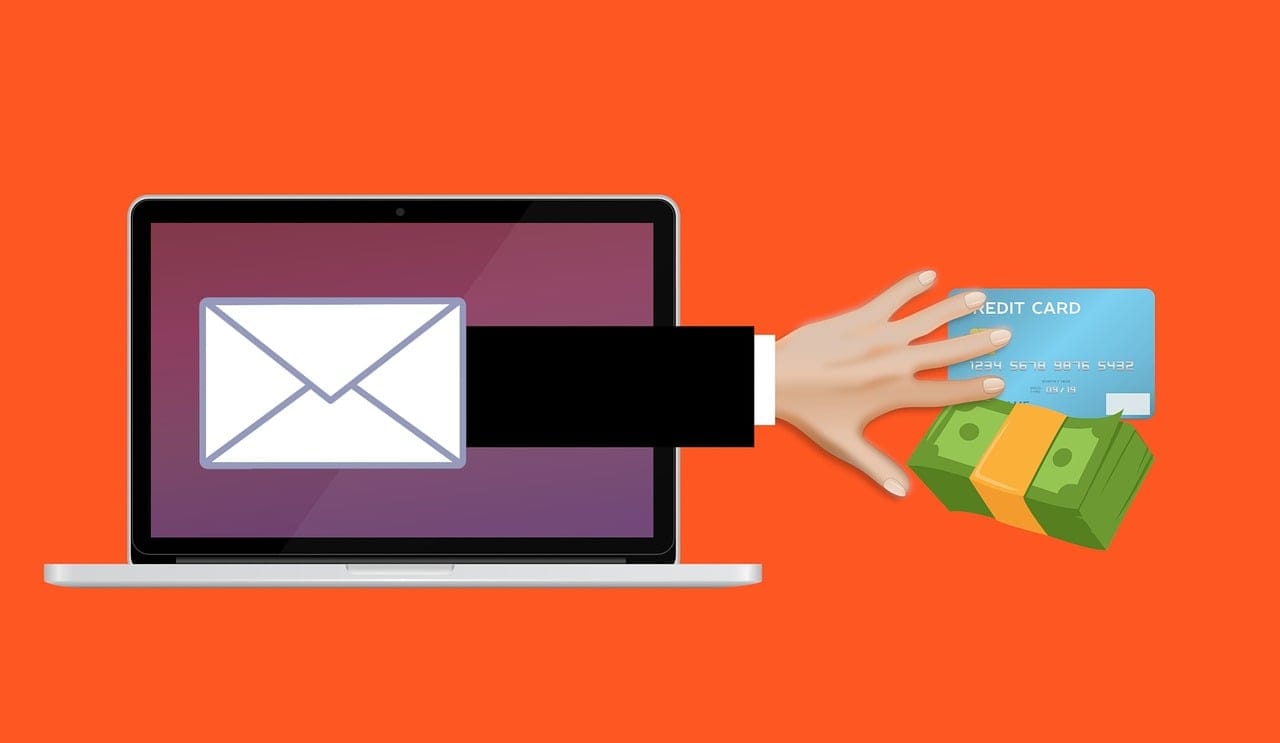Phishing email have become a significant threat, with phishers constantly evolving their tactics. Knowing how these emails work and taking steps to avoid getting scammed by them is very important. In addition, learning how to spot phishing email and taking strong precautions can strengthen your security and make email use more comfortable.
What is a Phishing Email?
Phishing email are fake messages that try to get people to give out personal information such as passwords, credit card numbers, or social security numbers. They often look like they come from actual companies, which makes it hard to tell them apart from real emails. Over the years, phishing attacks have changed, getting smarter and harder to spot. Attackers do these things for various reasons, such as making money, stealing identities, or getting into business networks without permission.

How does Phishing Email Work?
Firstly, we will examine how phishing email work and the methods and plans that phishers use to trick people who don't know what's going on in this area. If you understand how phishing email work, you can better spot them and keep yourself safe from these scams.
Concept of Phishing Email
To understand how phishing email work, you need to understand the main idea behind them. Phishers make phishing email look like they come from real, trustworthy sources, such as banks, social media sites, well-known online services, and companies. They often use social engineering and psychological manipulation to get people to do things they don't want to, like clicking on harmful links or giving out private information.
Common Tactics Used by Phishers
Phishers use a variety of tricks to make their emails look authentic and improve their chances of success. This part will talk about some of the most popular tricks phishers use, such as:
- Spoofed Email Addresses: Phishers often use domain names that look a lot like those of well-known companies to change email addresses to look genuine.
- Urgency and Fear Tactics: Phishers use fear or a feeling of urgency to get people to act immediately. For example, they might claim that someone hacked their account or that they might lose access to a service.
- Personalization: Phishing email might include personal information such as the recipient's name or account information to appear more authentic.
- Social Engineering: Phishers use people's thoughts and feelings to get them to reveal private information or do what they want them to do.
Impact of Phishing Attacks
Being a victim of phishing attacks can have serious effects on your personal and professional life. Let's discuss the negative consequences of phishing attacks, such as losing money, stealing your identity, unauthorized access to your personal or business accounts, and damaging your brand. Realizing the effects that could happen can be a strong incentive to take action to protect oneself from these kinds of threats.

How to Spot Phishing Email?
This part will give you the information and skills to spot phishing email. By learning about the most common features of phishing email, you will be better able to spot these scams and avoid falling for them. Some things phishing email usually have that can help you spot them. These are some common warning signs you should be on the lookout for:
Suspicious Sender: If you think someone is sending you spam, look for different versions of real domain names or fake addresses.
Poorly Written Content: Check for spelling and grammar problems as well as sentences that don't make sense.
Threatening or Urgent Language: Phishers use fear or a sense of urgency to get people to act immediately.
Request for Personal Data: Be careful when someone asks you for personal information.
Unusual Links or Attachments: Before you click, check where the link takes you, and be careful with files you don't know about.
Methods to Spot Phishing Email
Being careful and knowing what to look for are both needed to spot fake emails. This part will show you how to spot and avoid phishing email using effective methods, such as:
- Check to see if the email names match the domain of the real company.
- Don't click on links unless you are sure they are real.
- Look over target URLs to see if they are misspelled or different.
- Be careful when opening unknown or unexpected email attachments.
- Be wary of emails that ask for personal information. Visit the group's official website or contact them through a trusted method.
- By using software, you can add another layer of defense against phishing attempts.
- To protect yourself from phishing scams, you must always have your software, operating systems, and antivirus programs up to date.

What to Do If You Open Phishing Email?
We can still be scammed by fake emails, no matter how careful we are. However, understanding how to act quickly and effectively can help lessen the damage and the bad things that might happen. So, here are some steps you can take:
- Cut off your connection to the internet.
- Scan for malware in your computer.
- Change the passwords for the accounts linked to your email.
- If the attack includes financial information, you should contact the banks.
- Enable two-factor authentication (2FA) for additional security.
- Report phishing email to the appropriate entities, such as your email provider, the organization being impersonated, and relevant cybersecurity agencies.
Recovering from a Phishing Attack
Recovering from a phishing attack involves both technical and personal measures. So, we will give a step-by-step guide on how to recover from a phishing attack, including:
- Use reputable security software to do a full scan.
- Antivirus software, routers, and anti-malware programs should all be kept up to date and made stronger.
- Learn from past mistakes and teach others how to spot and avoid fake attacks in the future.
- Check your online and financial accounts often for any strange behavior.
- If someone gets access without permission, set up alerts or messages.
You can get back control of your accounts and lessen the damage from the phishing attack by taking action right away, reporting the attempt, and following the recovery steps that are needed. To stay safe from similar threats in the future, remember to stay alert and keep up the good safety habits you've learned.
Understanding phishing email, how they work, and the tricks phishers use is important for keeping your personal and business information safe. You can significantly lower your chances of falling for phishing email by learning how to spot them, becoming familiar with their common traits, and taking other safety precautions. Do what you can to stay safe online and understand what to do if you open a phishing email.

